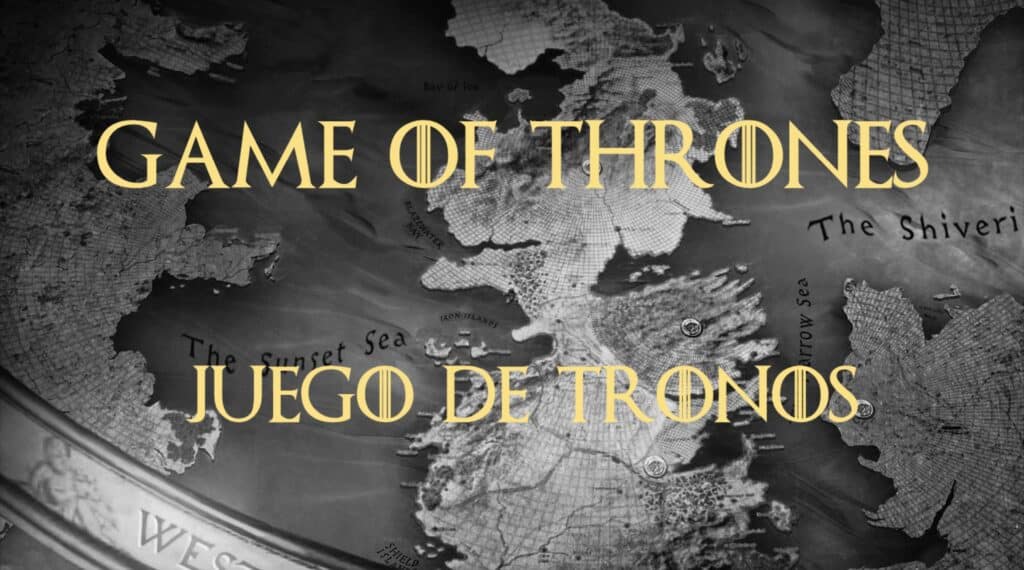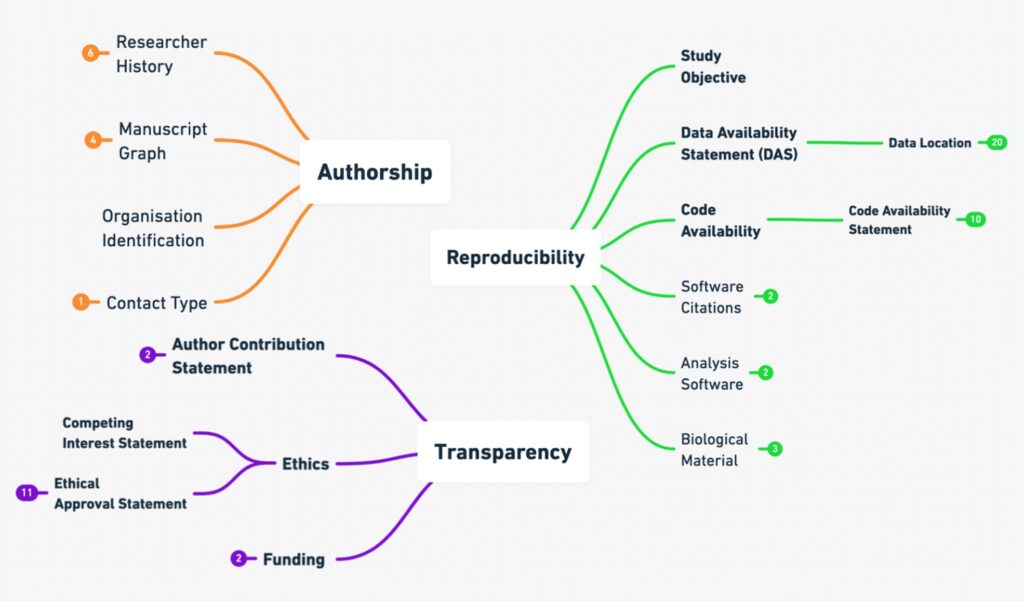‘Have you done your due diligence?’ These six words induce fear and dread in anyone involved in finance, with the underlying threat that huge peril may be about to engulf you if the necessary homework hasn’t been done. Due diligence in the commercial sphere is a hygiene factor – a basic, if detailed, audit of risk to ensure that all possible outcomes have been assessed so nothing comes out of the woodwork once an investment has been made.
The question, however, is just as important for academic institutions looking to check the data on their research programs: have you done your due diligence on that? If not, then a linked database such as Dimensions can help you.
Strategic objectives
At a recent panel discussion hosted by Times Higher Education (THE) in partnership with Digital Science on optimizing research strategy, the question of due diligence was framed by looking at the academic research lifecycle and the challenges emanating from the increased amount of data now accessible to universities. More specifically, how universities could extract and utilize verified data from the ever–increasing number of sources they had at their disposal.
Speaking on the panel, Digital Science’s Technical Product Solutions Manager Ann Campbell believes there are numerous benefits to using new modes of data to overcome problems associated with data overload. “It’s important to think holistically, of not only the different systems that are involved here but also the different departments and stakeholders,” she said. “It’s better to have an overarching data model or a perspective from looking at the research life cycle instead of separate research silos or different silos of data that you find within these systems.”
The panel recognized that self–reporting for academics could lead to gaps in the data, while different impact data could also be missed due to a lack of knowledge or understanding on behalf of faculty members.
Digital Science seeks to address these problems by adding some power to its Dimensions linked database in the shape of Google BigQuery. By marrying this computing power to the size and scope of Dimensions, academics and research managers are empowered to identify specific data from all stages of the research lifecycle. This allows researchers to seamlessly combine external data with their own internal datasets, giving them the holistic view of research identified by Ann Campbell in the discussion.

Data savant
The theme of improving the capabilities of higher education institutions when it comes to data utilization has been most vividly described by Ann Campbell in her November presentation to the Times Higher Education Digital Universities conference in Barcelona in October. Memorably, she compared universities’ use of data to the plot of popular TV drama Game of Thrones. Professors as dragons? Rival departments as warring families? Well not quite, but what Ann did observe was that there are many competing elements within HEIs – research management, research information, academic culture, the library – and above them are senior management who have key questions that can only be answered using data and insights across all of them:
- Which faculties have a high impact? Should we invest more in them?
- Which faculties have high potential but are under–resourced?
- How can we promote our areas of excellence?
- How can we identify departments with strong links to industry?
- What real–world research impact can we feed back into our curriculum?
- Are we mitigating potential reputational risk through openness and transparency?

Bringing these disparate challenges together requires a narrative, which is another reason why the Game of Thrones analogy works so well as we see that for all the moving parts of the story to work, a coherent story is required. This can be how an institution’s research culture strategy is working with a rise in early career international collaborations, how an increase in new funding opportunities followed a drive to increase interdisciplinary collaborations, or how the global reputation of a university could be seen to have improved its impact rankings position due to increased SDG–related research.
Any good story needs to have the right ingredients, and where Digital Science can really help an institution is to bring together those ingredients from across an organization into viewable and manageable narratives.
Telling stories
But the big picture is not the whole story, of course. There are other, smaller narratives swirling through HEIs at any given time that reflect the different specialisms, hot topics or focus areas of the university. Three of these focus areas most commonly found in modern universities are research integrity, industry partnerships and research impact, and these were discussed recently at another collaborative webinar between THE and Digital Science: Utilising data to deliver research integrity, industry partnerships and impact.
This panel discussion was a little more granular, and teased out some specific challenges for institutions when it came to data utilization. For research integrity, certain data relating to authorship can be used as ‘trust markers’, based around authorship, reproducibility and transparency. Representing Digital Science, Technical Product Solutions Manager Kathryn Weber–Boer went through the trust markers that form the basis of the Dimensions Research Integrity solution for universities.
But why are these trust markers important? The panel discussion also detailed that outside universities’ realm of interest, both funders and publishers were increasingly interested in research integrity and the provenance of research emanating from universities. As such, products like Dimensions Research Integrity were forming a key part of the data management arsenal that universities needed in the modern research funding environment.
In addition, utilization and scrutiny of such data can help move the dial in other important areas, such as changing research culture and integrity. Stakeholders want to trust in the research that’s being done, know it can be reproduced, and also see there is a level of transparency. All of these factors then influence the promotion and implementation of more open research activities.
Another important aspect of research integrity and data utilization is not just having information on where data is being shared in what way, it is also whether it is being shared as it has been recorded as, and where it is actually located. As pointed out in the discussion, Dimensions is a ‘dataset of datasets’ and allows the cross–referencing of these pieces of information to understand if research integrity data points are aligned.

Positive outlook
Discussions around research integrity and data management can often be gloomy affairs, but there is some degree of optimism now there are increasing numbers of products on the markets to help HEIs meet their goals and objectives in these spheres of activity. Effective data utilization will undoubtedly be one of THE critical success factors for universities in the future, and it won’t just be for the effective management of issues like research integrity or reputations. With the lightning fast development, adoption of Generative AI in the research space and increasing interest in issues like research security and international collaboration, data utilization – and who universities partner with to optimize it – has never been higher up the agenda.
You can view the webinars here on utilizing new modes of data and delivering research integrity.




